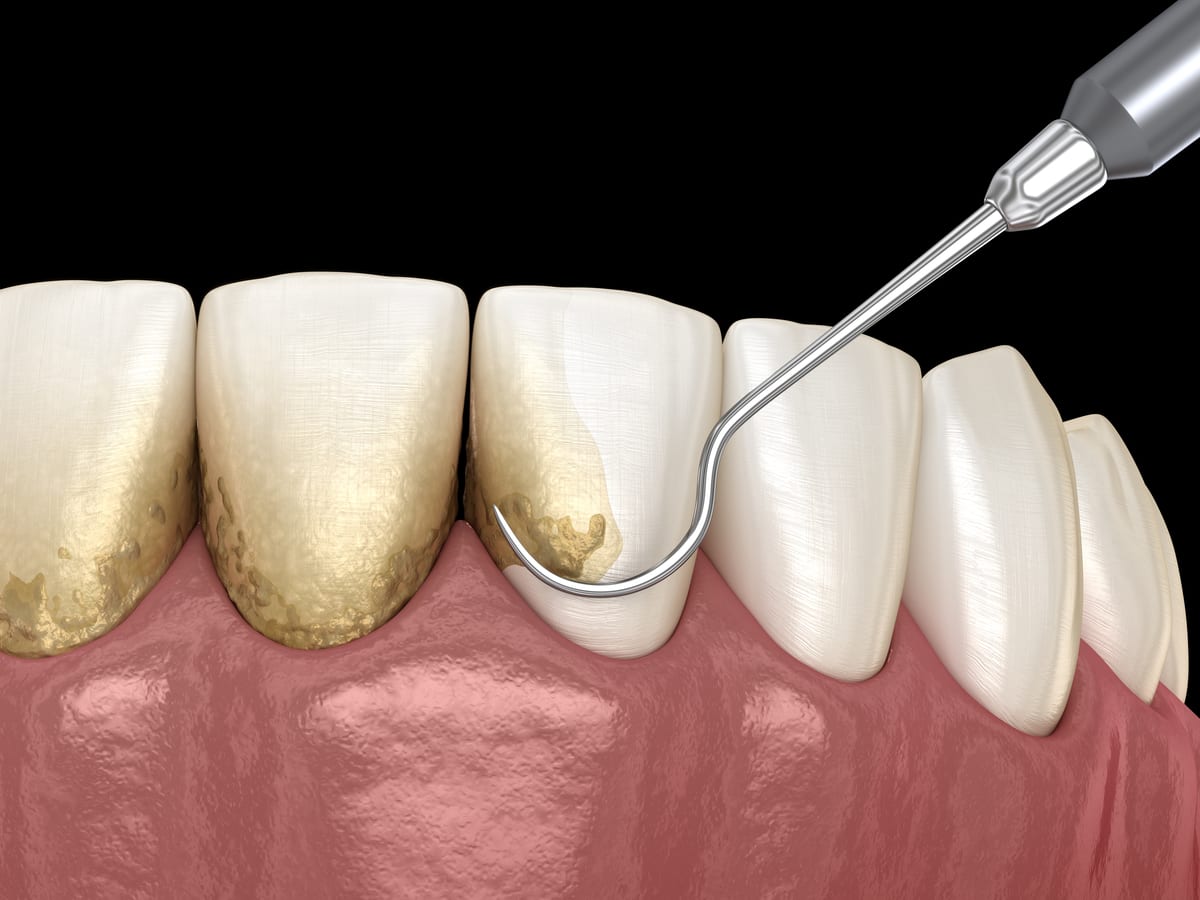Every time you stop in to see your dentist for a twice-yearly check-up, your hygienist performs a standard dental cleaning to remove tartar and plaque. This process improves the appearance of your teeth, gets rid of the build-up that daily oral hygiene can’t touch, and promotes oral health. If symptoms of advanced gum disease are found, your dentist may determine that it’s time for a more advanced procedure known as scaling and root planing.
Why Would My Dentist Recommend Scaling and Root Planing?
The purpose of your twice-yearly cleaning is to prevent the occurrence of periodontal disease. If you are already showing signs of these disease scaling and root planing, is performed as a non-invasive treatment. When your gums are healthy, they cling tightly to your teeth. Only 1-3mm of space should exist between the top of your gum line and where it attaches to your tooth. If bacteria and tartar are allowed to build up in this area, the gums can begin to pull away from the teeth resulting in larger pockets for plaque, tartar, and infection to form in.
What Happens During a Scaling and Root Planing?
Scaling and Root Planing is a non-invasive procedure. During this procedure, the tartar and plaque that exists on your teeth and below your gum line are removed. The roots of your teeth are smoothed during the planning process. This is accomplished by your dentist or hygienist using a scaler. The smoothing of your roots is done to eliminate bacteria growing on them and making it more difficult for them to regrow in that area.

Can Scaling and Root Planing Be Performed In a Single Visit?
How many visits are required to complete this procedure varies from patient to patient. For many patients, a single appointment will be sufficient, and only involves the administration of a mild anesthetic. In some cases, additional visits may be necessary to complete the cleaning and ensure that your periodontal disease is adequately treated.
Is Scaling and Root Planing Painful?
As mentioned above, a mild anesthetic is usually sufficient to handle the discomfort experienced by most patients. Periodontists often describe the sensation of this procedure as being akin to having a particularly aggravating splinter removed from a finger that’s become infected. Once the procedure is over, all the deposits of plaque, tartar, and bacterial toxins will be cleaned away, helping to soothe aggravated gums and permitting them to heal.
What Happens After A Scaling And Root Planing?
You’ll be scheduled for a follow-up visit during which your dentist will examine the health of your gums and the depth of your periodontal pockets. In the majority of cases, they will have returned to being pink, firm, and healthy, and any bleeding will have been reduced or eliminated. Further treatment might not be necessary if this procedure was successful or your case minor. In severe cases of periodontal disease, more work may be necessary.
What Does My Dentist Need To Know Before Performing This Procedure?
It’s essential that your dentist is familiar with your medical history before planning and performing this procedure. It is possible for bacteria to be introduced into the bloodstream during this process, so those with compromised immune systems may need to take extra precautions to protect their health. Patients with liver disease, heart problems, or an immune system that is compromised should alert their dentist before the procedure. Call us today for a consultation and find out if a root canal treatment will help your smile!


